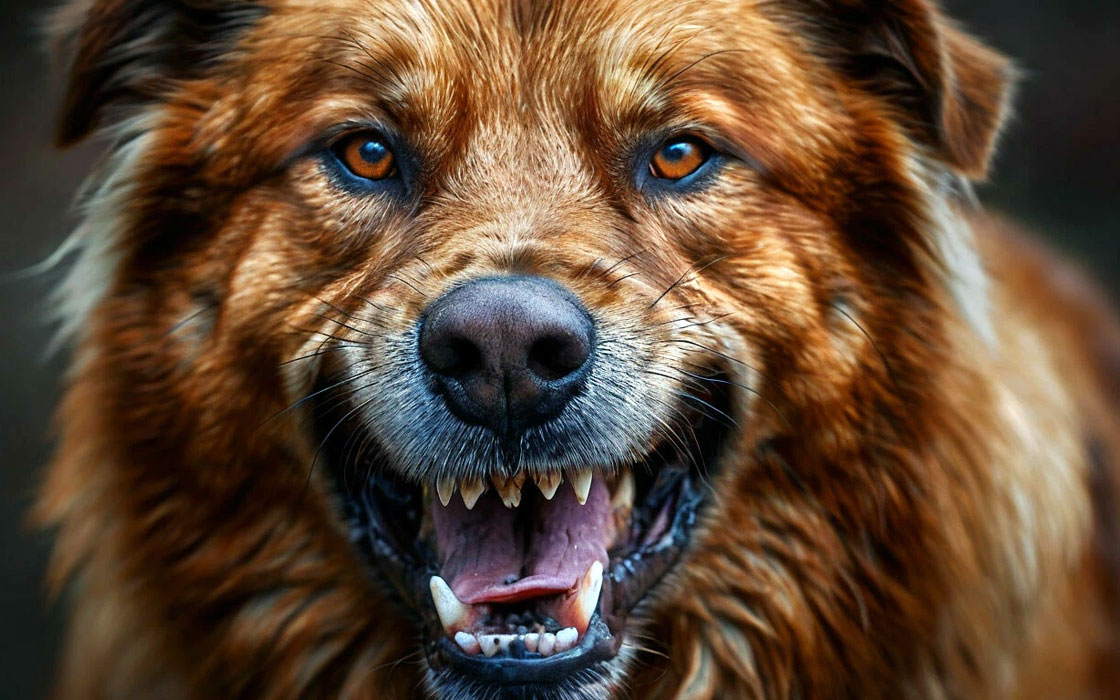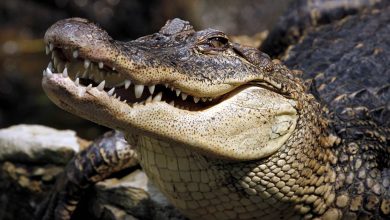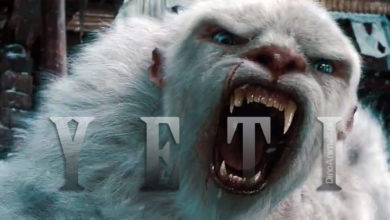Dog Bite Force
Dogs use their bite every day to eat, play, protect, and communicate, making bite strength a key part of how they live and interact. Bite strength in dogs is more than just a measure of power. Understanding bite strength helps us learn how their bodies work, how breeds differ, and how behavior is shaped. It also provides insight into animal safety, breed development, and how dogs use their mouths in everyday situations.
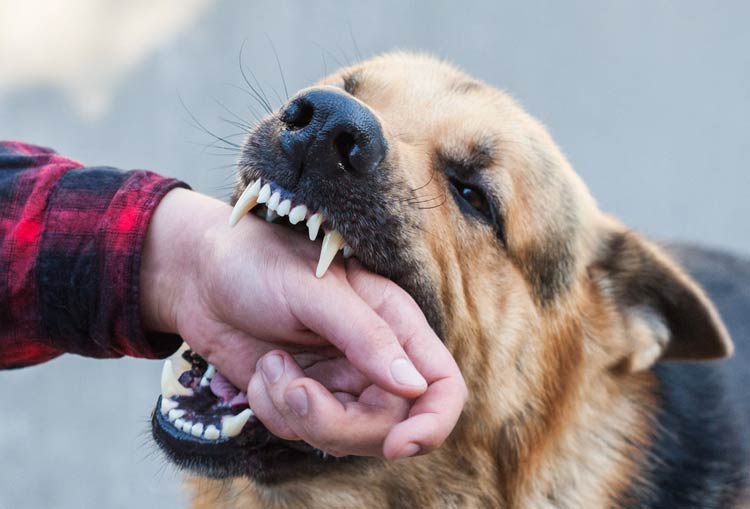
What Is Dog Bite Force and Why Does It Matters?
Bite force in dogs is a way to measure how much pressure a dog’s jaw can produce when it bites something. This pressure is usually measured in pounds per square inch, which shows how strong the bite is. It is a useful way to look at the physical power of different dogs. Though it may sound like a simple number, bite force reveals important details about how dogs are built and how they evolved to perform certain roles.
Researchers look at bite force for several reasons. It helps with safety testing, especially when trying to understand how dogs interact with people or other animals. It is also used to study differences between dog breeds and to explore how their bodies are built.
It is important not to confuse bite force with aggression. A dog with a strong bite does not mean it is more dangerous or more likely to attack. Aggression depends on personality, training, and past experiences, while bite force simply reflects physical ability.
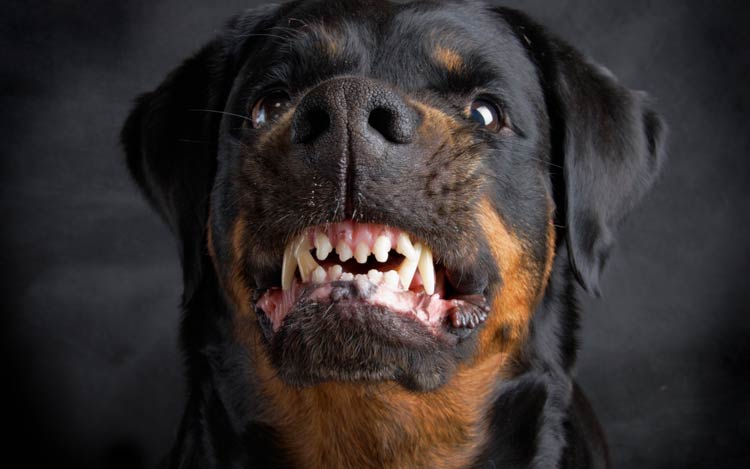
How is Dog Bite Strength Measured?
Measuring how strongly a dog can bite requires specialized equipment, planning, and patience. Researchers use bite force testing tools designed to safely measure the pressure applied by the dog’s jaw during a bite. These instruments are built to handle the pressure without hurting the dog or altering the results. In most cases, the dog is trained or guided to bite a specific device so that researchers can gather data that reflects the dog’s natural bite ability.
The most common approach involves using pressure-sensitive devices that record how much force the dog applies when biting. These are often built into padded objects or bite bars that the dog can grip easily. The equipment must be strong enough to handle powerful bites but also soft enough so the dog is not uncomfortable. The goal is to capture the bite force under calm conditions without putting stress on the animal. That is why dogs are either trained beforehand or handled with care during the process.
These tests are usually done in controlled environments. A quiet room with minimal distractions helps the dog focus and follow commands. This setup allows the dog to bite when ready and avoids reactions driven by fear or defense. Any bite caused by stress or surprise could change the results and may not reflect the dog’s true bite force in normal situations.
Results taken from voluntary bites in a calm setting are different from those that occur during real-life reactions. In the real world, a dog may bite harder if it feels threatened or needs to defend itself. Researchers do not try to provoke dogs to get stronger readings because safety and ethical rules must be followed. It is important to protect both the dog and the handler throughout testing.
Challenges often come from getting the dog to bite at full strength. Some dogs do not bite with maximum effort, especially in testing situations. Others may hesitate because the equipment is unfamiliar. That makes motivation a big part of the process. Dogs must feel safe, interested, and comfortable, which means the testing method must be carefully planned and adjusted for each dog.
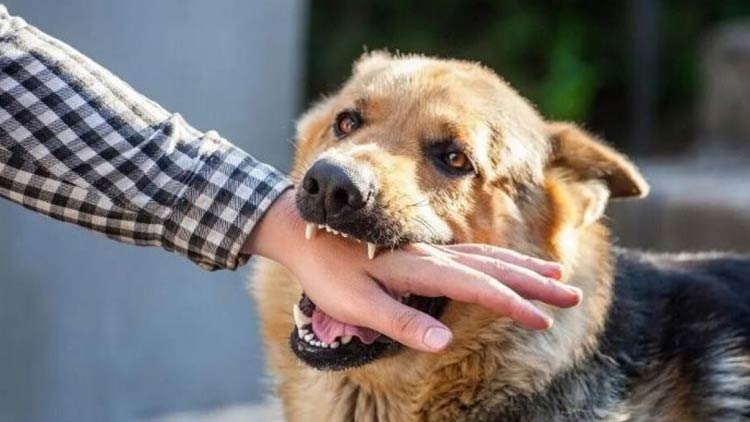
How Different Dog Breeds Compare in Bite Force
Different dog breeds show a wide range of bite force. Some have stronger jaws due to their size and build. Others may have less force but more control. This diversity depends on the breed’s history and what they were originally bred to do. Some dogs needed strong bites for guarding or hunting. Others were bred for companionship or herding, which required different traits.
Cane Corso bite force compared to other breeds is often measured as high as 700 PSI. That number places them among the breeds with stronger bites. While this makes the Cane Corso physically powerful, it does not automatically make them the strongest or the most aggressive. Other breeds like the Kangal may have even higher bite force. Each breed has its own unique structure and purpose.
German Shepherds and Rottweilers are also known for their solid bite strength. These breeds are often used for security and protection, which fits their physical traits. The differences in bite power between breeds come from things like skull shape, muscle structure, and how much the dog weighs. Bigger dogs with wider heads and stronger jaws tend to create more pressure when they bite.

